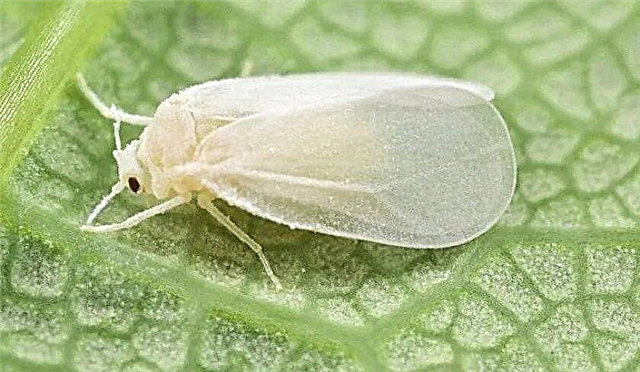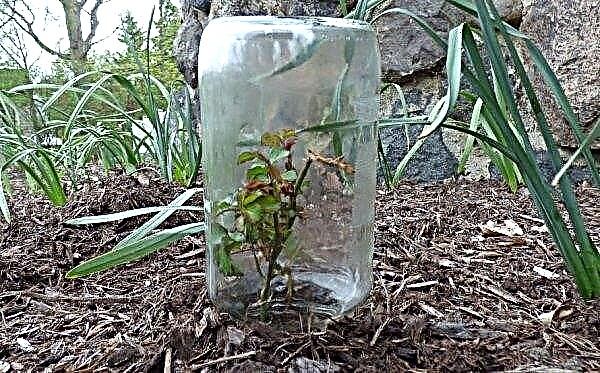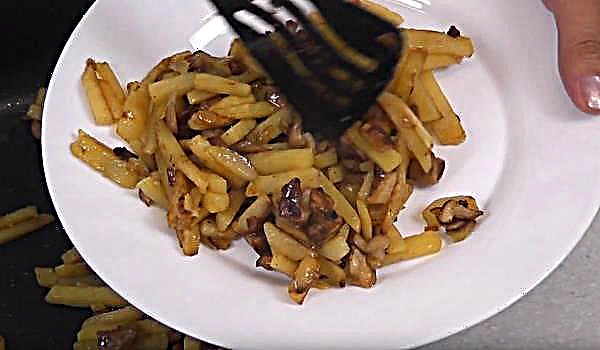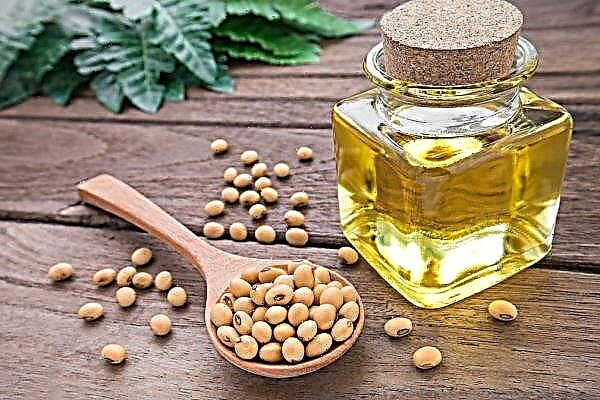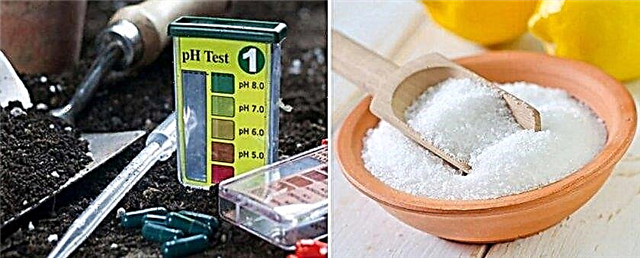Violet is perhaps the record holder among plants for the number of cultivated varieties and hybrids. In this article, we will talk about the hybrid LE Carousel, bred by breeder Elena Lebetskaya, as indicated by the first two letters in the title.
Botanical description of the plant
Saintpaulia, as it is called indoor violet, forms a socket up to 30 cm tall. Dark green leaves have their own varietal feature - a thin white border along the wavy edge of the plate. The foliage is slightly pubescent and seems glossy, slightly raised up, with distinct rows.
In the spring, usually in March, long erect peduncles shoot 2-3 buds. When opening, the buds are painted in one shade (red, fuchsia or burgundy). As they bloom, the petals acquire the same wavy, white edging as that of the leaves. The shape of the flower is a five-petalled asterisk; as it fades, the saturated and vibrant color of the petals fades. One flower lasts on the peduncle for up to 2 weeks, then giving way to new inflorescences. The duration of flowering, therefore, lasts more than 2 months.Did you know? Violet as a plant symbol for centuries inspired many artists. On his canvases she was depicted by Benoit, Lefebvre, Rouge, Gray, Picard and many others.
Video: Violet varieties LE-Carousel
House growing conditions
The manifestation of its varietal characteristics depends on the conditions in which the flower will be contained: variegation, duration and brightness of flowering.
Location and Lighting
LE Carousel loves bright, diffused light, but is afraid of burns from direct sunlight. The best location would be windows of south-west and south-east orientation. During a short daylight hours, the plant needs to be provided with additional illumination with fluorescent lamps. In general, daylight hours should last 12-14 hours.
Temperature and humidity
The plant likes to be kept warm; the optimum values are + 20 ... + 23 ° C.
It would be a mistake to call the variety moisture-loving. The carousel prefers moderate humidity to an average of 55%. When airing, you need to protect the bush from drafts and sudden temperature extremes. If the air is excessively dry, place a tray with sphagnum moss near the flowerpot, regularly moisturizing it.Important! With an increase in the recommended temperature, a red tone will prevail on the petals, with a decrease - white.

How to care at home
There are no special difficulties in caring for the plant, but the health of the flower depends on following the rules of the procedure.
Watering
In the recommendations of experienced gardeners, preference is given to the method of carousel content on the wick. In this case, more magnificent, bright and long flowering is observed.
To organize wick watering, you need a synthetic cord 2 mm thick and a container with a lid for water. The length of the cord is regulated by the height of the water tank. One end of the cord is passed through the drainage hole in the pot; at the bottom, it is rolled into a small ring. The second end is lowered into the tank with water through a hole made at the side (not at the bottom). The advantage of the method is that the bush does not take more water than it needs. Accordingly, there will be no waterlogging and related problems.
Important! When transferring to a wick, loose soil should be provided. An adult plant with a developed root system is transferred to the wick content.
Fertilizer application
The carousel responds well to fertilizer, it needs to be nourished every 2 weeks. During the period of active growth, fertilizers in which nitrogen is present, for example, “Bona Forte”, will be needed. You can feed the plant on a wicked content through a pallet, 10 ml / 1.5 l of water.
During the formation of buds, violet needs potassium and phosphorus, apply Uniflor Bud 3 ml / 1 liter of water.
In September, top dressing is stopped so that the flower prepares for a dormant period. You should not feed the newly acquired bush, it needs time to adapt.

Pruning
Pruning for senpolia is the timely removal of the bottom, wilting row of leaves. It is advisable to “catch” the moment before the leaf falls onto the soil surface, otherwise such contact can provoke a disease.
Transfer
The transplant is carried out in the spring before the flowering period, approximately in the early days of March. The plant grows roots on the trunk above the surface of the soil, rejuvenating in this way, so an annual transplant is needed.
For a bush on wick watering, a special soil is needed: light and loose.
The best option is these components taken in equal parts:
- high peat;
- perlite;
- vermiculite.
Transplant Technology:Did you know? Violet devoted a lot of poetic works. They sang the flower in their poems Shakespeare, Heine, Pushkin, Goethe, Fet, Parsnip.
- Knock on the sides of the pot so that the lump of soil moves away from the walls more easily.
- Holding a hand, the bush is carefully thrown out of the pot.
- The remains of the soil can not be shaken off thoroughly, leaving some on the roots. An exception if the transplant is caused by a disease.
- For this soil composition, drainage is not needed. The plant is lowered onto a hill of soil, carefully filled with soil on the sides of the pot.
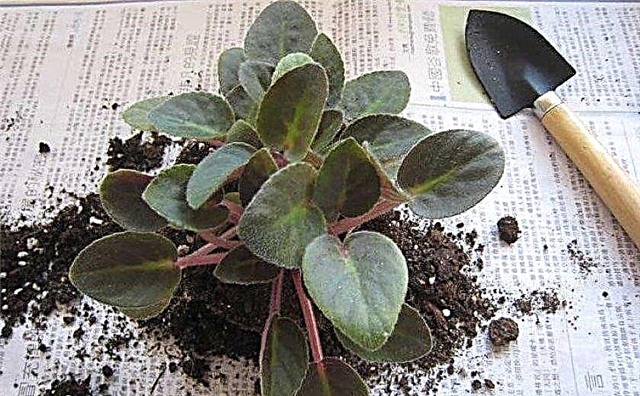
How to propagate at home
LE Carousel propagates vegetatively, it is also one of the few varieties that can be propagated using peduncles. For propagation, a leaf growing in the second row, at an angle, is cut off by a leaf cuttings. Place the handle in a plastic cup with water, which is covered with a bag. Germination of roots occurs at a temperature of + 23 ... + 27 ° C.
After the roots appear, the plant is transplanted into the ground:
- leaf land - 4 parts;
- peat - 1 part;
- river sand - 1 part.
Growing difficulties
With proper care, the plant does not get sick and is not affected by pests, but no one is safe from accidents.
The main diseases and pests, methods of combating them:
- Fusarium - spraying the soil with the Fitosporin-M fungicide, 1.5 g / 1 liter of water.

- Leaf mosaic - treatment with the drug "Vitaros", 2 ml / 1 liter of water.
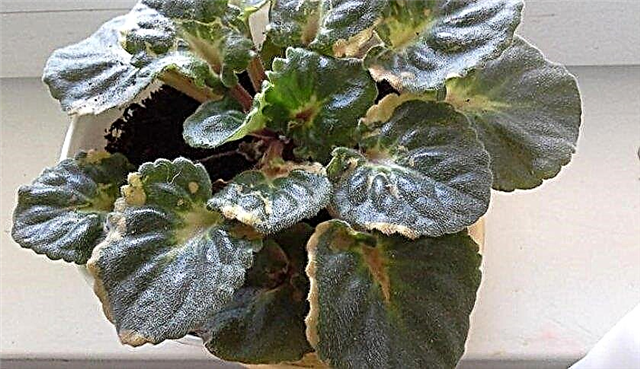
- Whitefly - wash off the left offspring with soap and water, treat with green soap, 10 g / 1 liter of water.
